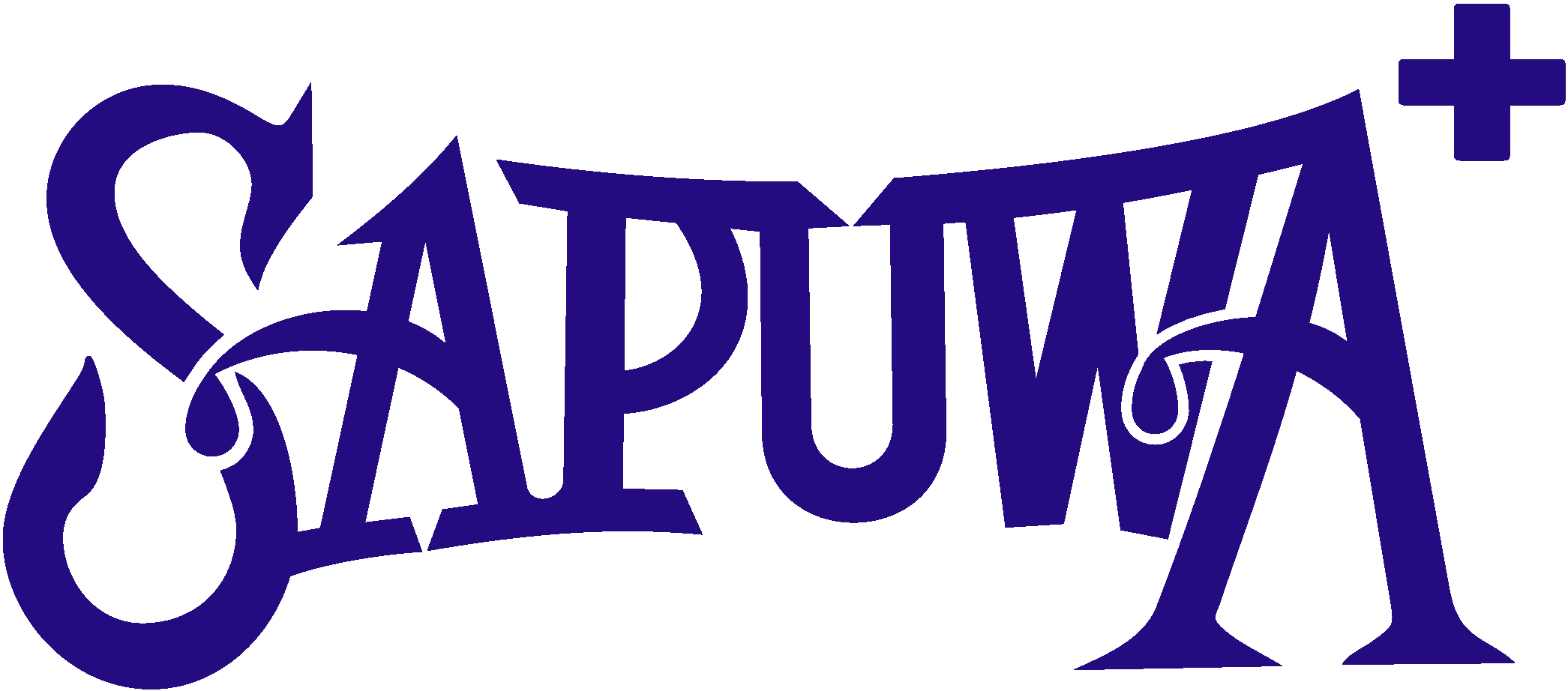National Preparedness Month: During emergencies or natural disasters, bottled water is always there when you need it
Alexandria, VA – The International Bottled Water Association (IBWA) reminds consumers and government officials that during a natural disaster (e.g., flood, hurricane, wildfire), emergency, or other event that causes tap water to be unsafe or unavailable, the bottled water industry is committed to ensuring that safe, reliable bottled water is provided to emergency-support organizations, city and state governments, relief centers, retailers, and other points of distribution.
September is National Preparedness Month, and the Federal Emergency Management Agency (FEMA) and Ready.gov are encouraging all Americans to plan how to stay safe and communicate during the disasters that can affect your community and to participate in the national day of action: National PrepareAthon! Day.
IBWA has produced a video, “Bottled Water – Always There When You Need It,” to help remind people about the vital role bottled water plays before, during, and after emergencies and to help people re-assess their risks and update hurricane kits and emergency plans.
When preparing for a natural disaster or other emergency, FEMA specifically recommends that store-bought bottled water be part of your supplies; at least one gallon per-person, per-day for three days. Storing bottled water is a safe, convenient, way to ensure that you have an adequate supply of water on hand. IBWA understands that consumers must have access to safe, clean drinking water during emergency situations. Smart planning and preparing for one’s water needs can make a big difference in the ability to get through and recover from an emergency situation or natural disaster.
The bottled water industry has always been at the forefront of relief efforts during emergencies or natural disasters. Throughout the years, bottled water companies have responded to the need for clean water such as during the recent lead contamination of Flint, Michigan’s public water supply; in 2014 when Toledo, Ohio’s, public water system was contaminated by a toxin from an algae bloom in Lake Erie; the 2013 chemical spill in Charleston, West Virginia; Hurricanes Sandy and Katrina; and numerous floods, wild fires, tornadoes, and earthquakes.
“While catastrophic situations are thankfully rare, boil alerts and other types of public water system disruptions are frequent occurrences across the country. In addition, continued volatility in weather across the nation only reinforces the importance of always being prepared for unexpected and dangerous weather,” said IBWA president and CEO, Joe Doss. “These events serve as stark reminders for people to take a moment to re-assess their risks and update emergency plans.”
The bottled water industry also supports a strong public water system, which is important for providing American’s with clean and safe drinking water. In fact, many bottled water companies use public water sources for their purified bottled water products. Once the water enters a bottled water plant several processes are employed to ensure that it meets the U.S. Food and Drug Administration’s purified water standard. These treatments may include one or more of the following: reverse osmosis, distillation, micro-filtration, carbon filtration, ozonation, and ultraviolet (UV) light. The finished water product is then sealed in a bottle under sanitary conditions and sold to the consumer.
Source: bottledwater.org
Collected by Nhu Vu SAPUWA
Relative post
- The secret to staying hydrated when traveling for a complete trip
- What should women over 30 drink to have beautiful skin and a youthful figure?
- Where should you go on September 2 in Ho Chi Minh City - Top 10 extremely hot places today
- September 2nd, where should we travel to heal our souls?
- Explain what electrolyte disorders are and effective ways to prevent them
- Alkaline ionized cooking water does not reveal surprising benefits
- Electrolyzed water to treat atopic dermatitis takes advantage of natural power
- Ways to alkalize the body protect health and prevent disease
- 5 signs of excess acid in the body and effective ways to balance it
- The secret to drinking water properly after eating to protect your health
- Types of water you should and shouldn't drink at night for a good night's sleep
- The secret to making tea with alkaline ionized water is especially delicious








 0
0


